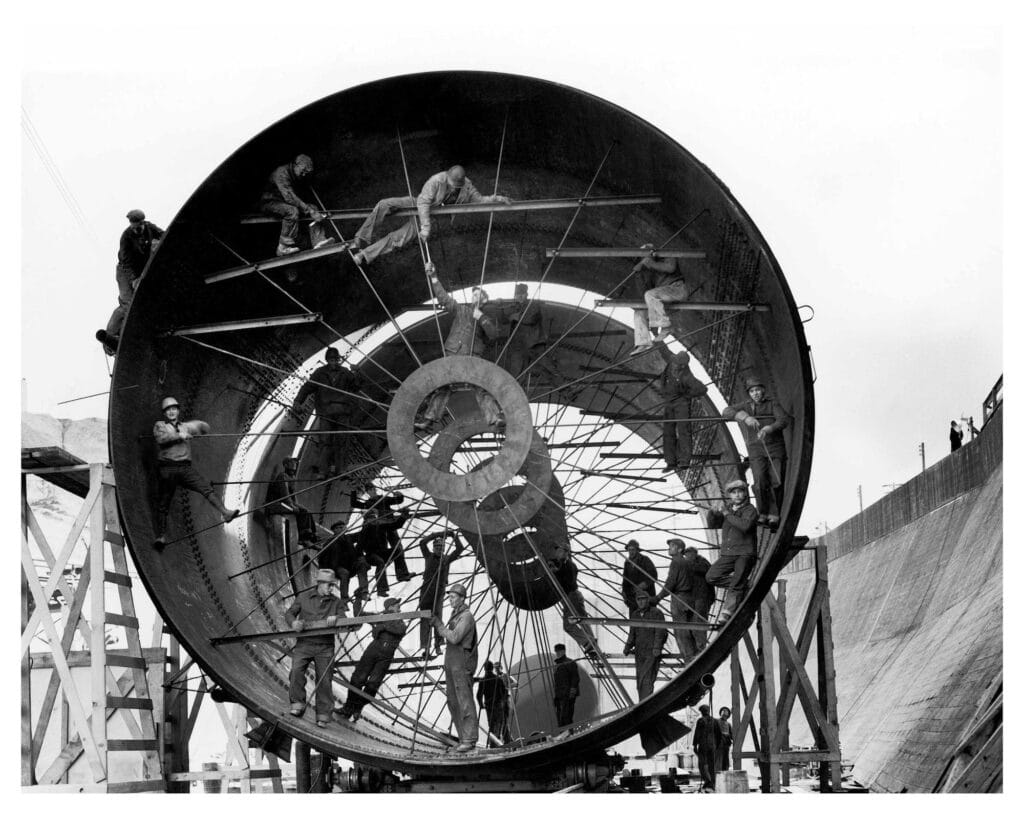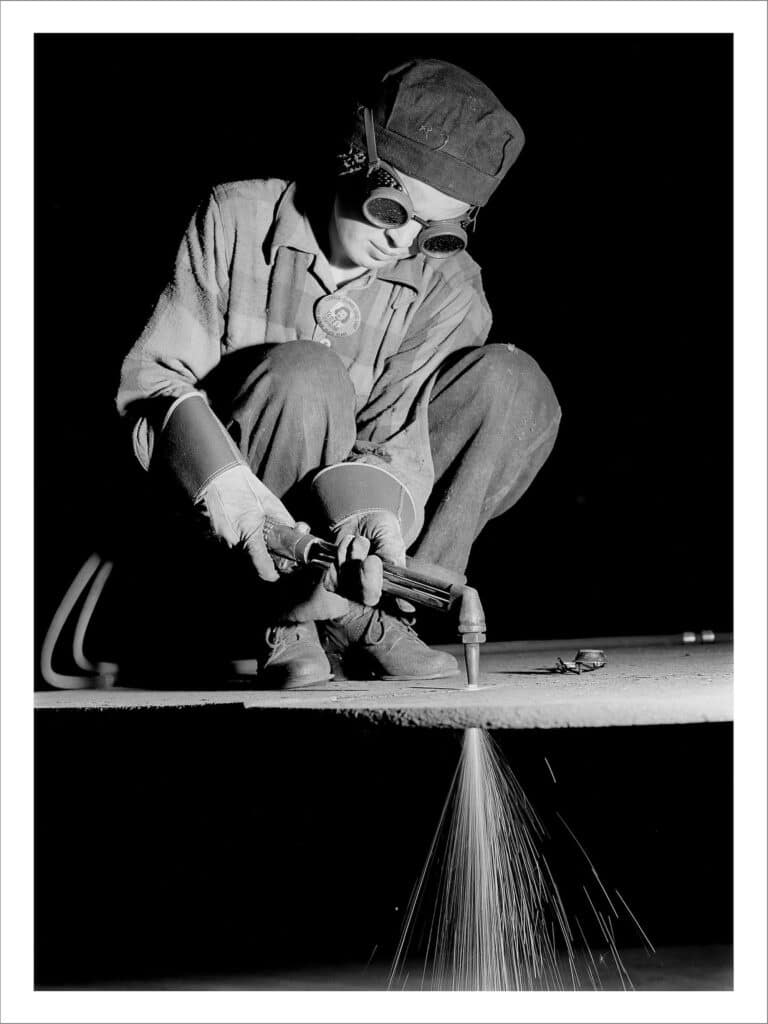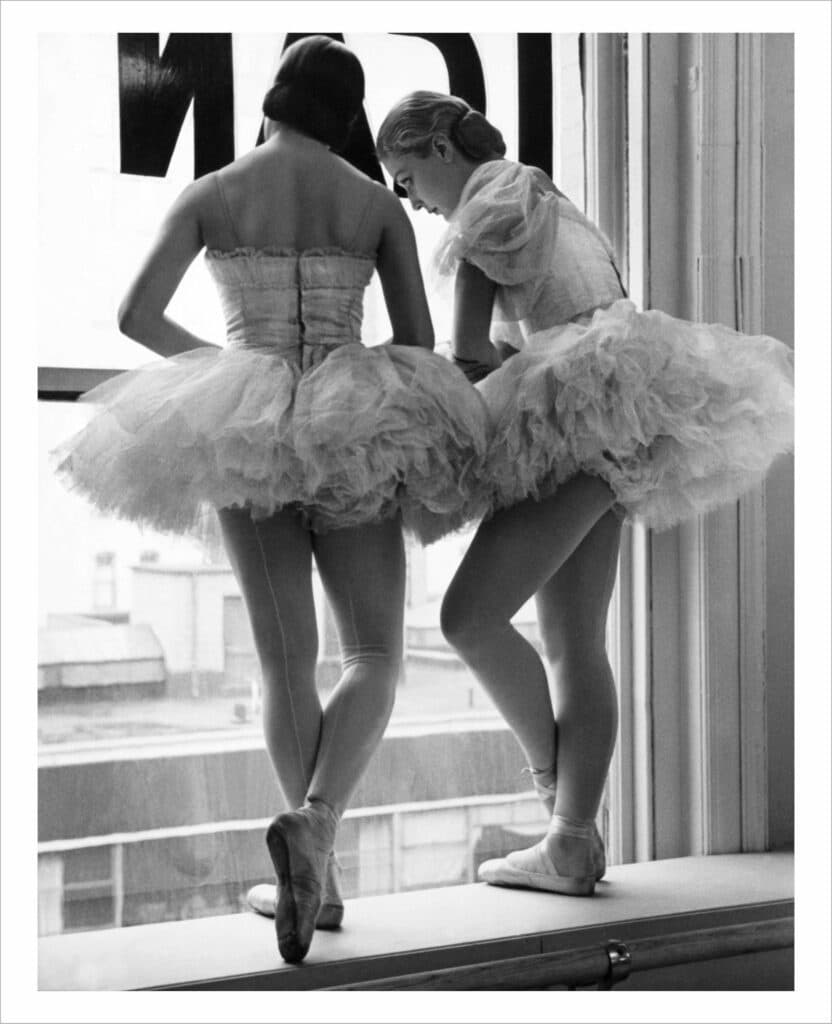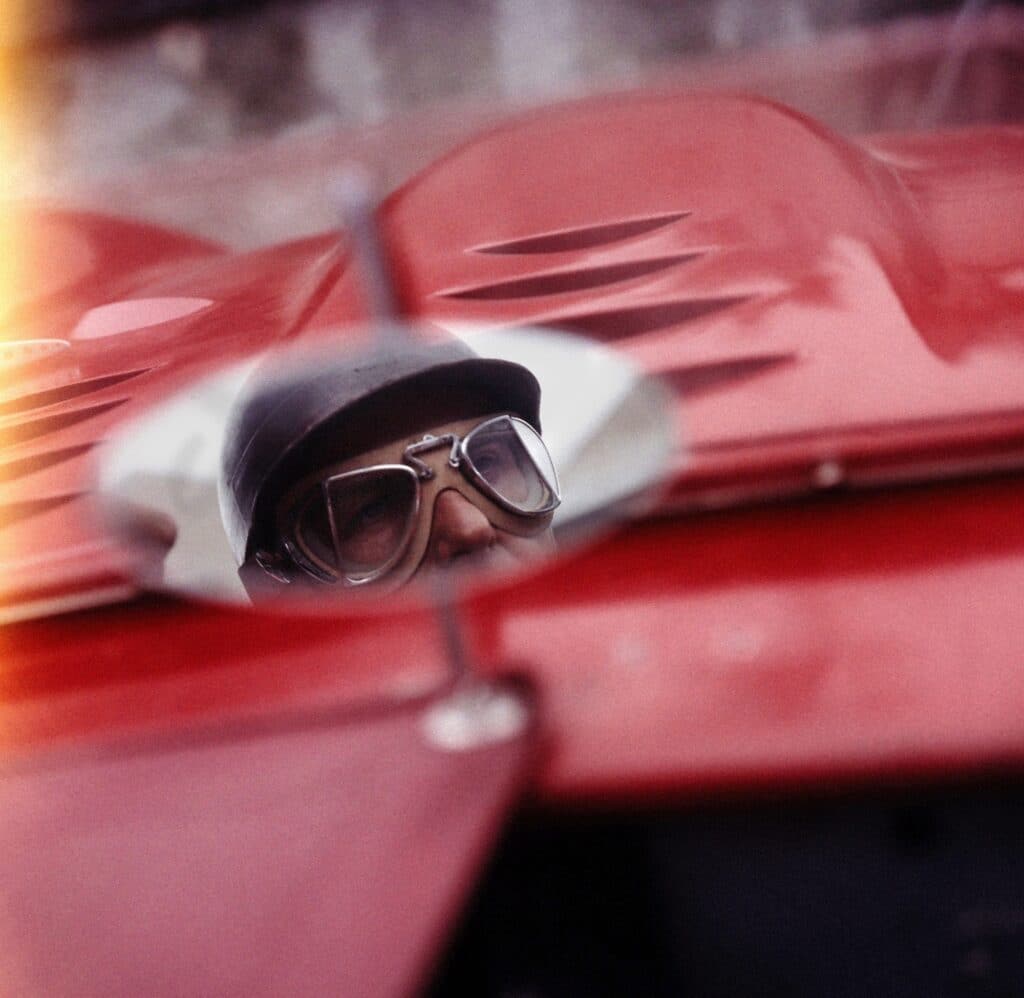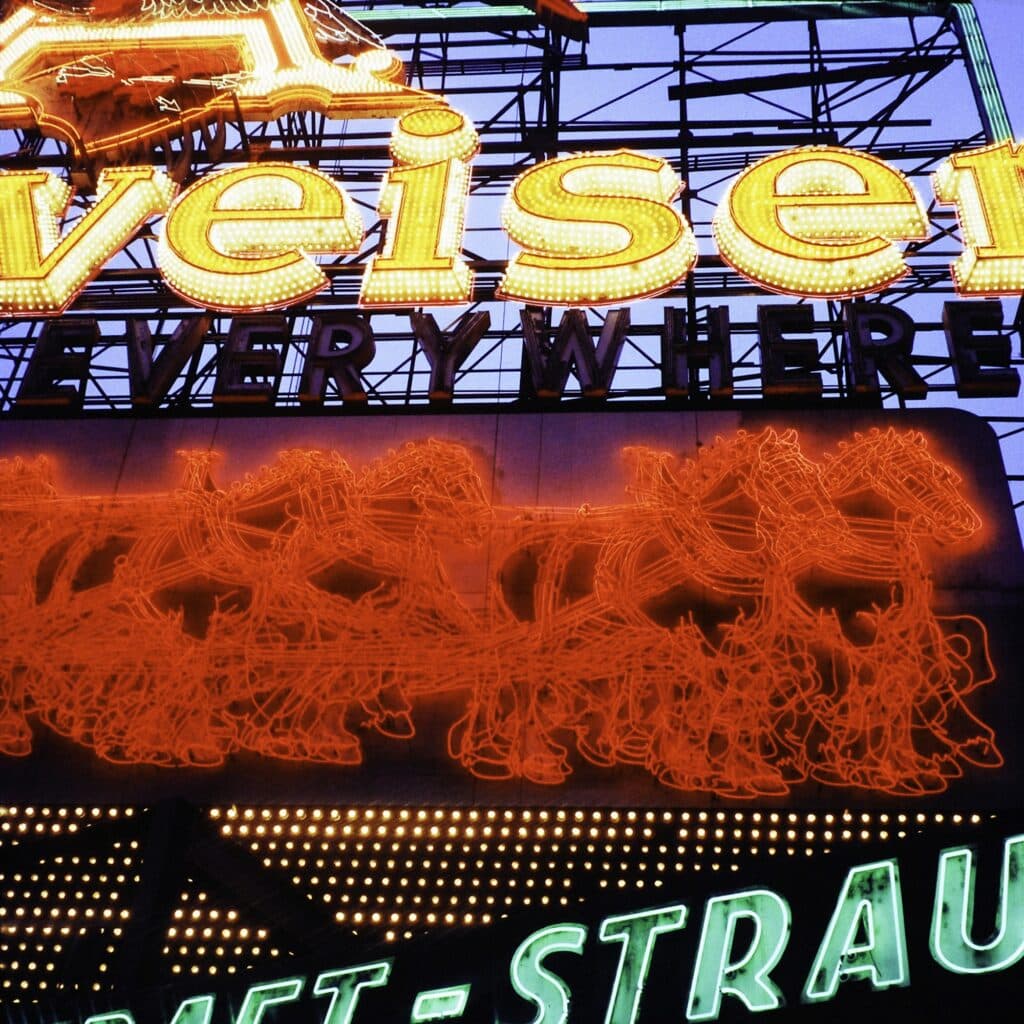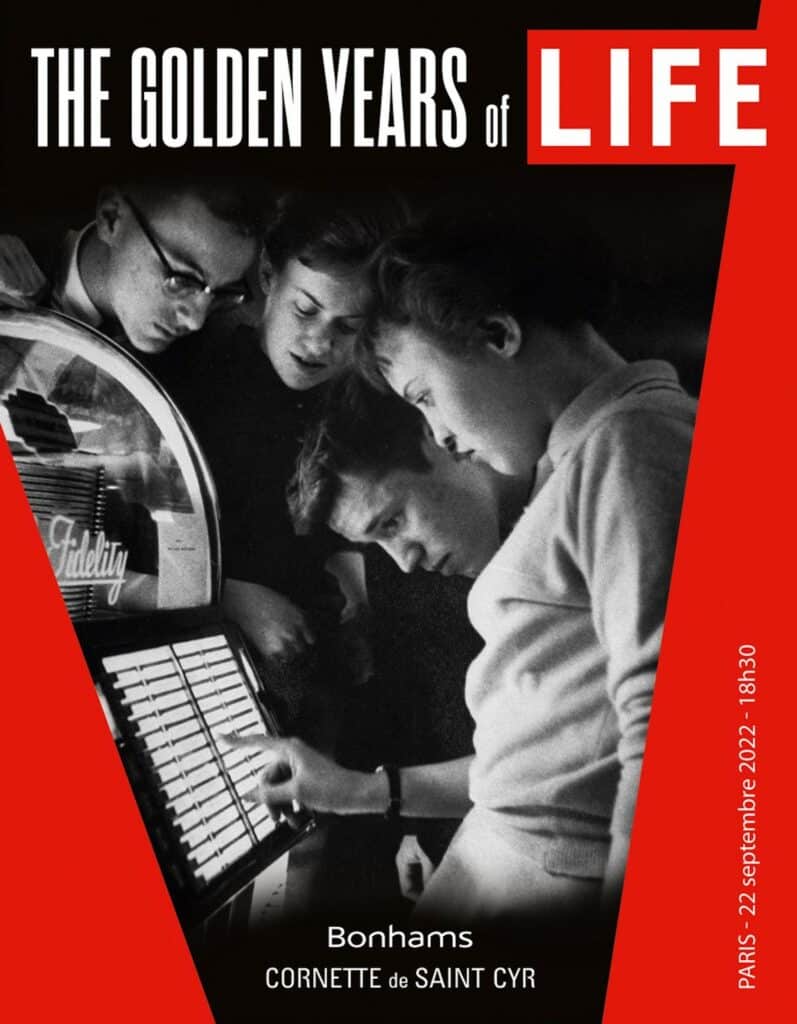As early as 1936, LIFE established itself, in the words of its founder Henry Luce, as “the greatest slide show on earth.” It was the first magazine to be truly focused on photography, showcasing reports by the greatest international journalists.
Image over text
LIFE vowed to be faithful to the image. It concocted a potent, groundbreaking formula: photographs paired with captivating narrative sequences. The story is invariably accompanied by powerful images and the photographs are printed in large format. Whether symbolic or representative, they reinforce or contradict the main points of the article. The magazine’s informal, snapshot style created the impression of proximity and authenticity. Transcending photojournalism, LIFE’s photos spoke of the world and, above all, to the world.
Moved from joy and sorrow to horror and sadness, the American society discovered the emotional power of images. According to Bill Shapiro, former editor-in-chief of the magazine, Larry Burrows’s photo Reaching Out is a testament to what he calls “LIFE essence” Dating from the Vietnam War, the photo shows a wounded soldier reaching out to a comrade on the ground. “It almost looks like a Biblical scene, the way it’s shot. It’s so immediate. Larry Burrows was so close to the action that he must have taken this picture on the go. But what he captured is something that will remain in your heart. You feel like you are in the picture. It’s beautifully composed.”
A window to the world
LIFE became the gold standard of photojournalism in the world. For almost a century, American reporters traveled the world and left their mark on generations of readers. Margaret Bourke-White, Alfred Eisenstaedt, Andreas Feininger, Gordon Parks, or Nina Leen: many have inspired vocations. The auction also spotlights the images of Pierre Boulat, one of the very few French photographers to be part of the magazine’s team in New York.
The use of images by the magazine shaped the modern idea of photography in the United States. In mailboxes or on newsstands, Americans had the news at their fingertips, and were able to see the world, rather than just read about it. According to Bill Shapiro, this predominance of images had a profound impact on society: “I think it’s hard to understand someone else’s suffering until you’ve seen it. When you see photographs that show, like Mary Ellen Mark’s, a homeless family living in their car, you feel something. When you see Alfred Eisenstaedt’s photograph of Goebbels sitting in his chair, you realize what evil looks like.”
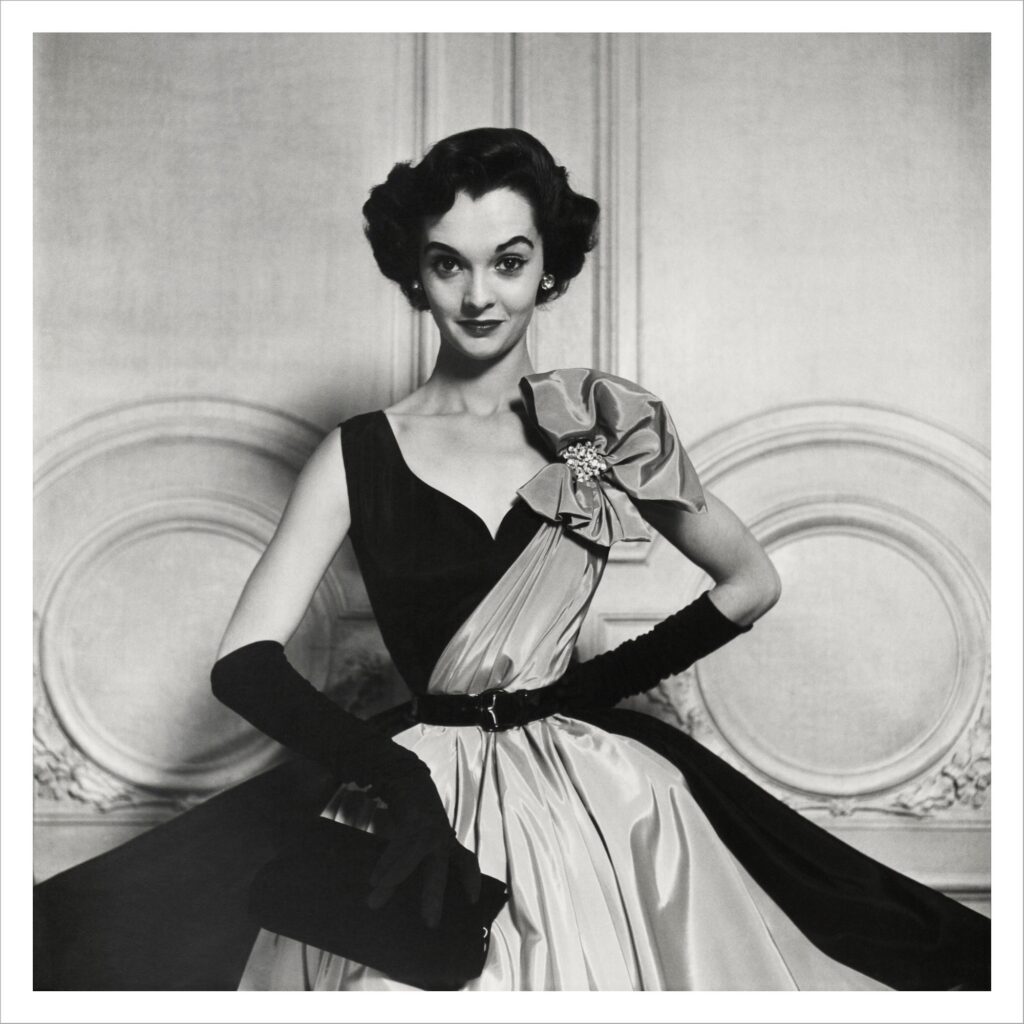
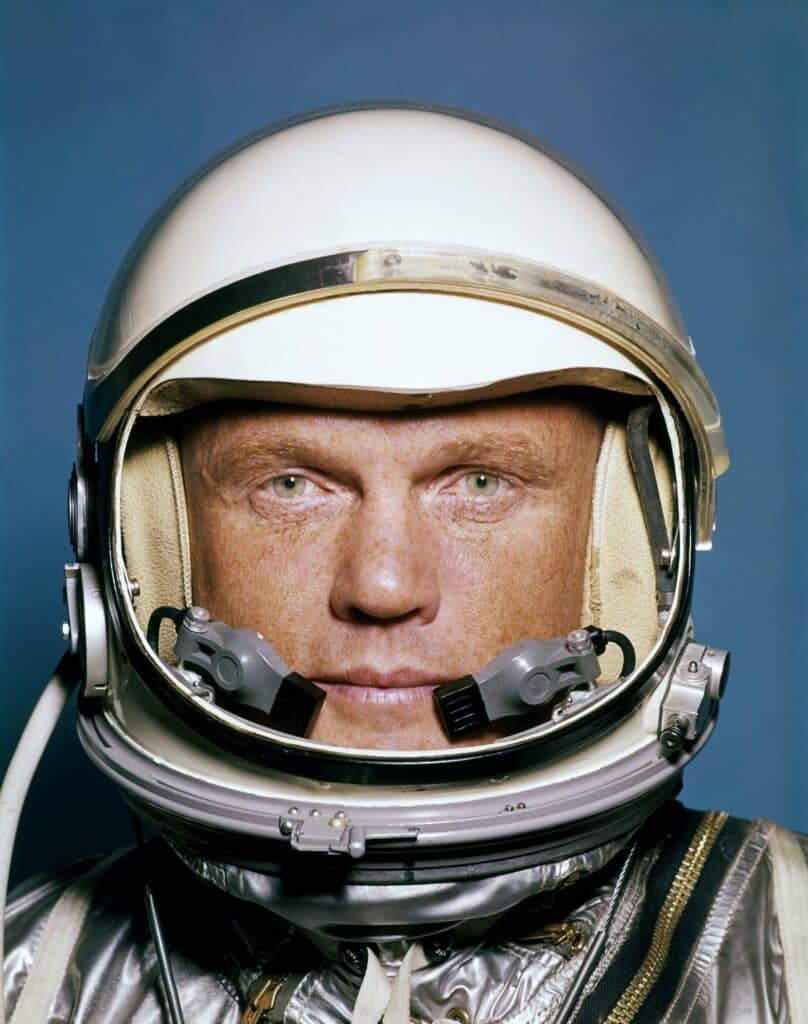
A mirror to a generation
LIFE made time stand still on paper and in memory. How its legendary images are seared in our brains is how we remember history today. With more than 10 million images in over 100,000 stories, the magazine has one of the world’s largest photographic archives and serves as the visual memory of twentieth-century American society.
Despite its immense success, the end of the 1960s heralded LIFE’s decline. Television became more popular, reinforcing proximity and immediacy. The magazine no longer had the exclusivity of first-hand visual perspective on the world, which had made it so successful in the past. No longer the prime connection to the entire population, LIFE saw its readership drop. As Bill Shapiro notes, “What killed LIFE is what gave it life.” However, the rise of digital technologies did not diminish LIFE’s legacy. Annie Boulat, founder of the Cosmos press agency and wife of the photographer Pierre Boulat, defends the enduring quality of photography: “The image does not flash in front of your eyes, it is fixed, it is much stronger than a film.”
Straddling art and history
Woodstock Festival, Olympic Games, space conquest, the world wars: the magazine covered all major events. This September 22 collectors and enthusiasts across the Atlantic will be able to acquire pieces of this mythical history of photojournalism. Bonhams Cornette de Saint Cyr is auctioning nearly 200 lots of prints from the archives of the famous magazine. Now collector’s items, LIFE photos have acquired an artistic value. Most of them were taken to capture the moment and were not intended to be exhibited or framed. Time transforms images into living testimonies. Precious relics of the past, LIFE’s “Golden Years” are worth their weight in gold.

The Golden Years of LIFE, auction on September 22, 2022 at 6:30 pm, Bonhams Cornette de Saint-Cyr, 6 avenue Hoche, 75008 Paris

